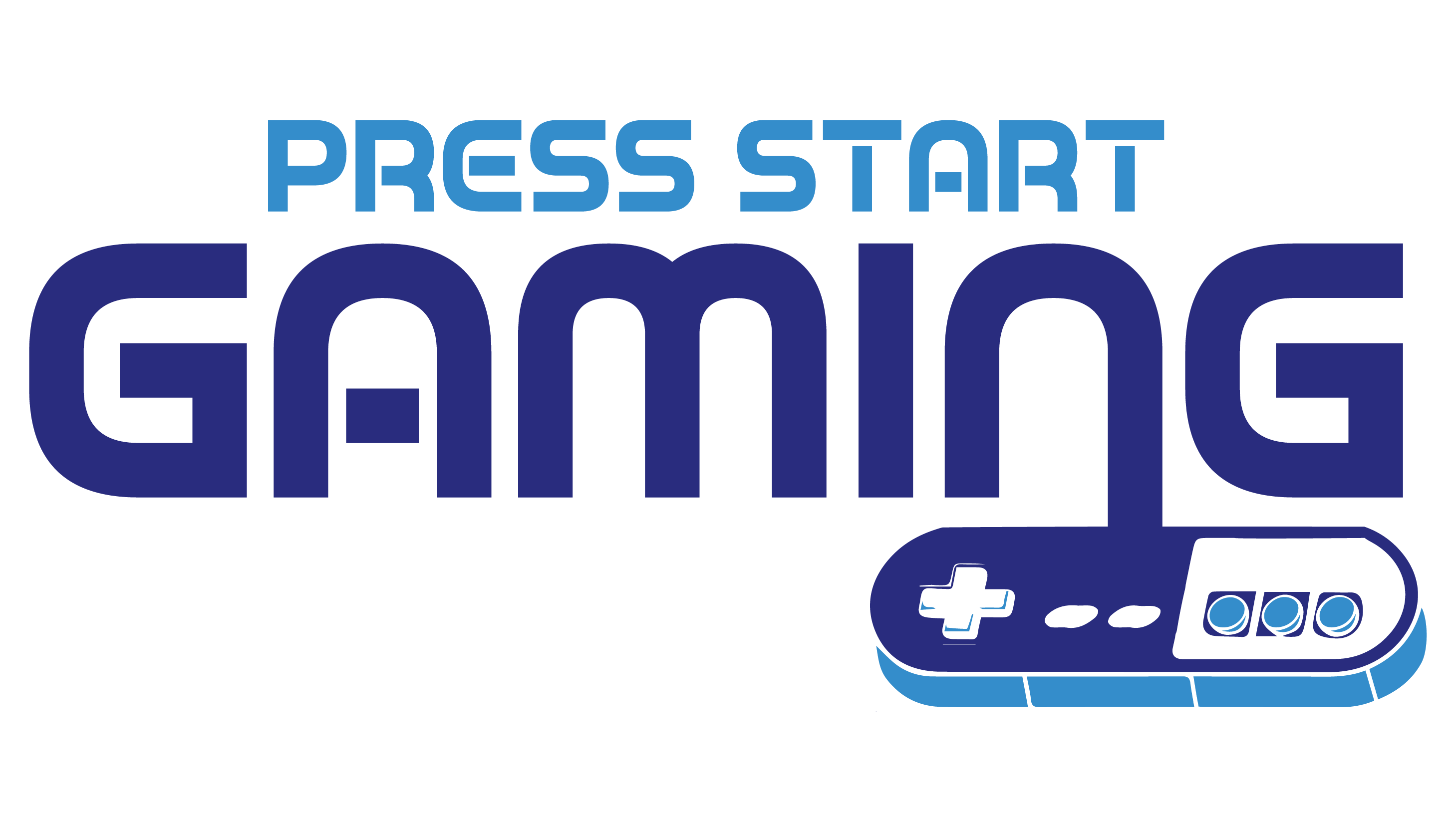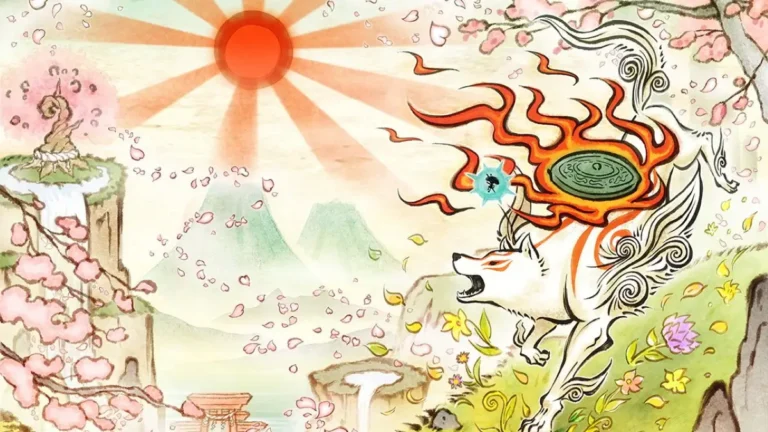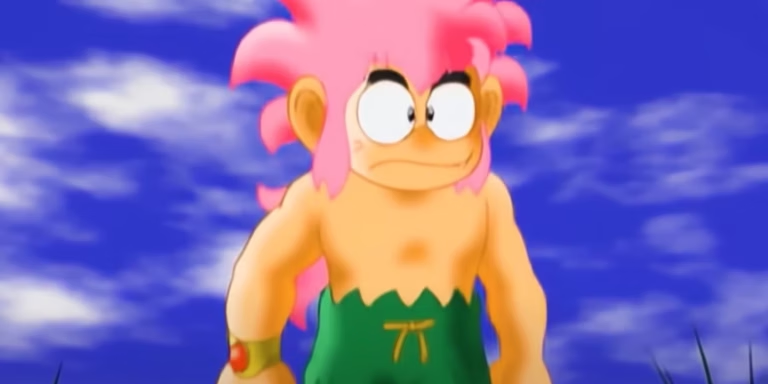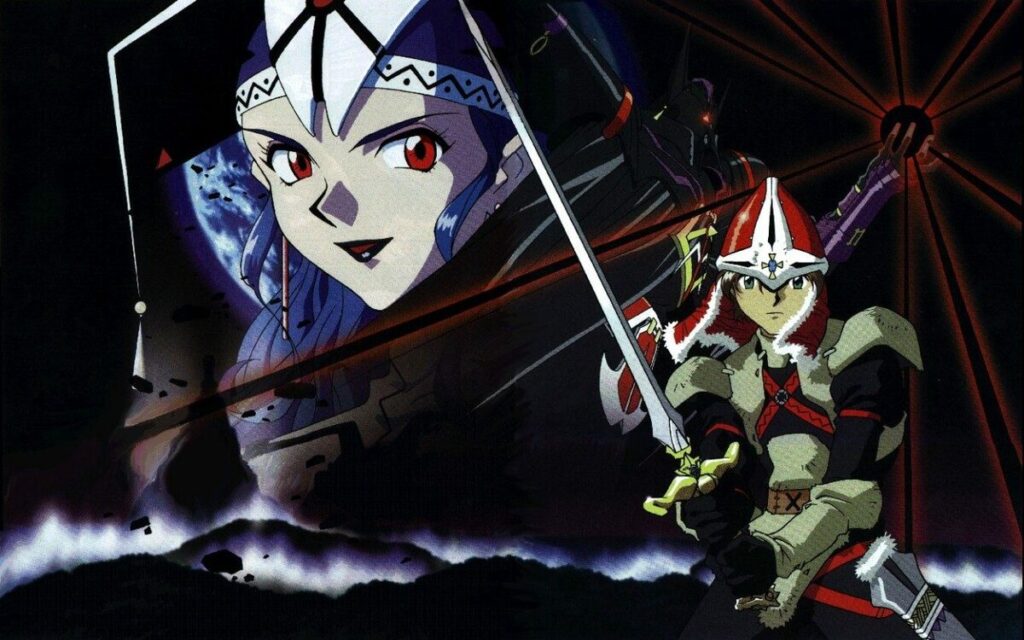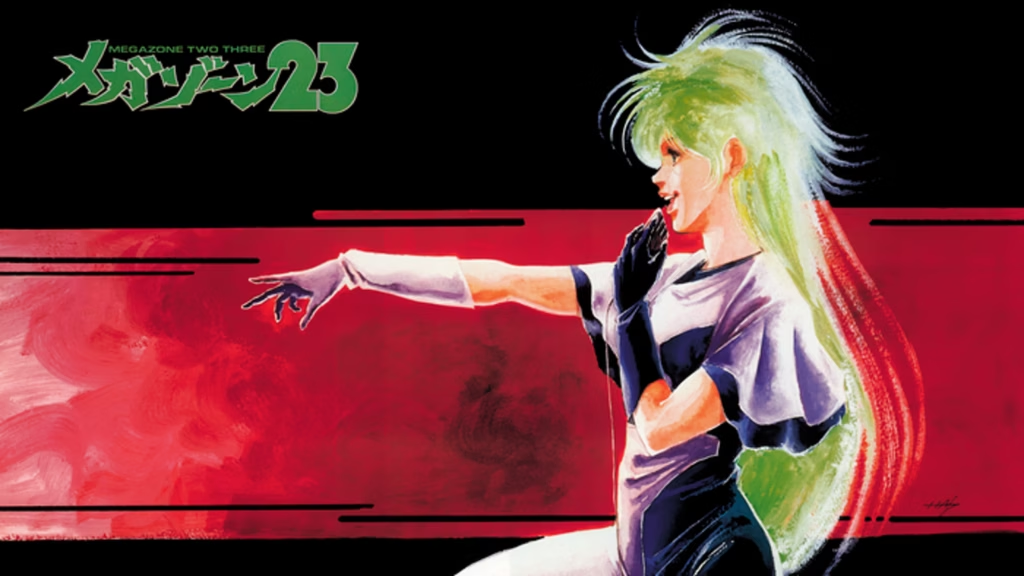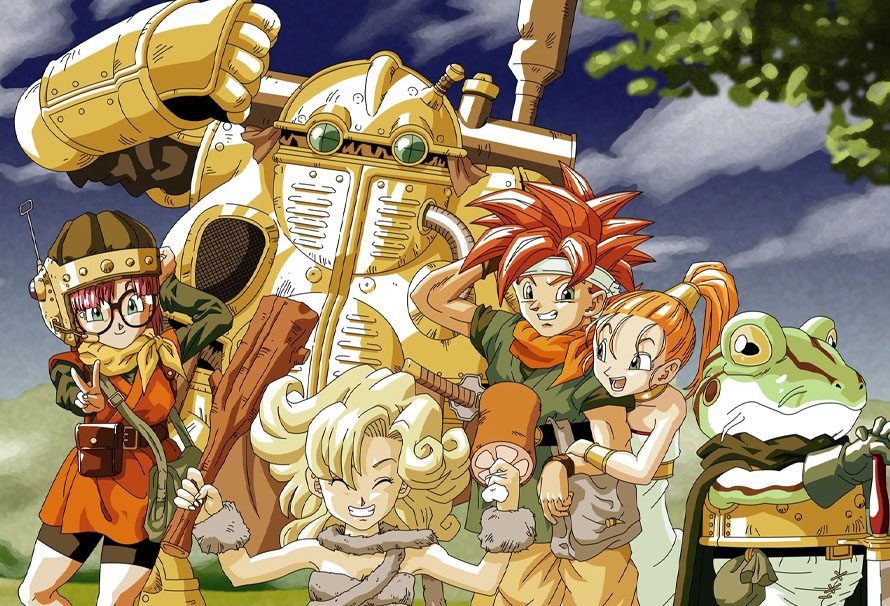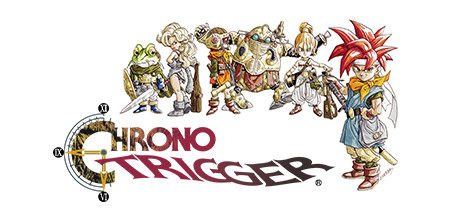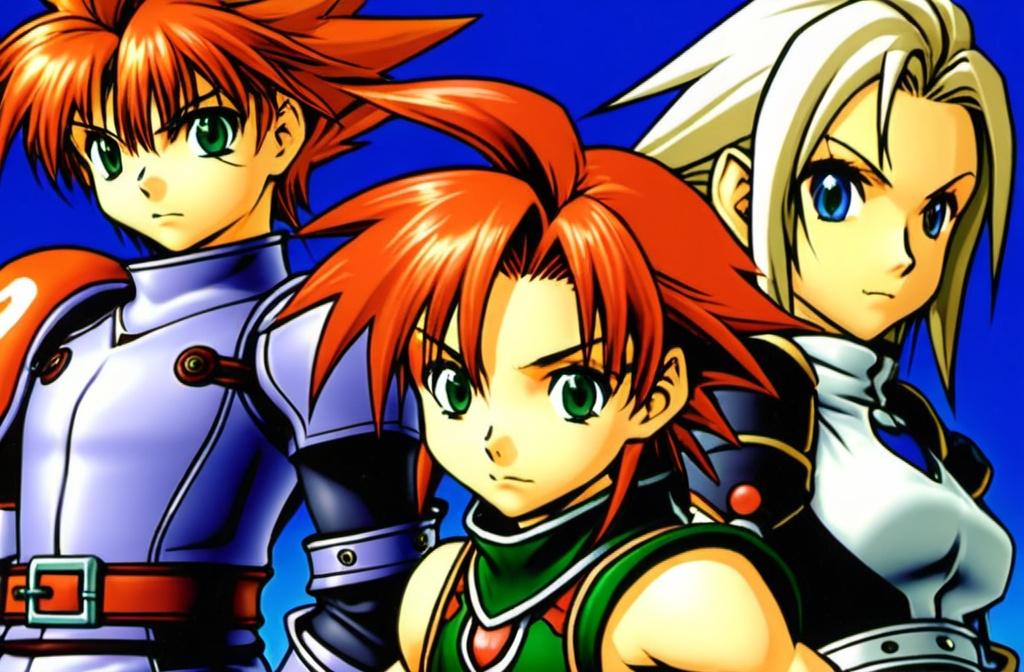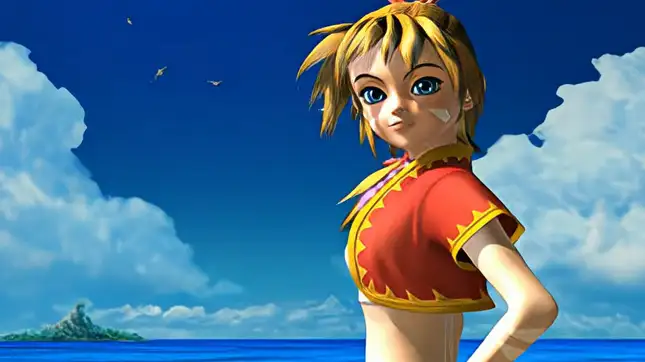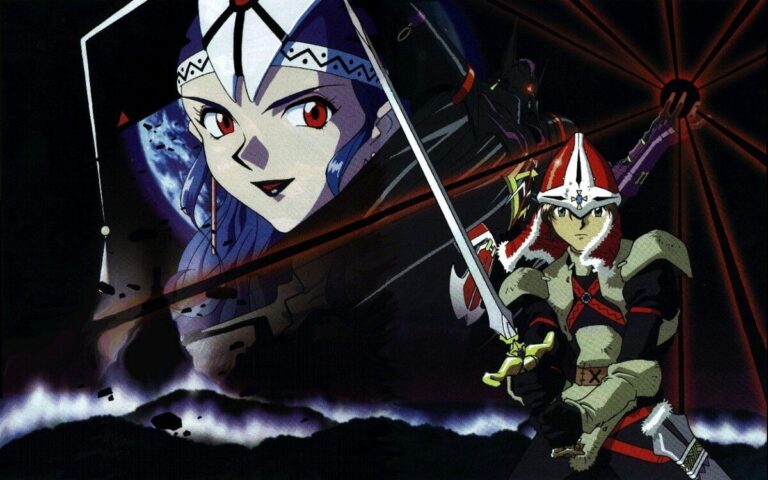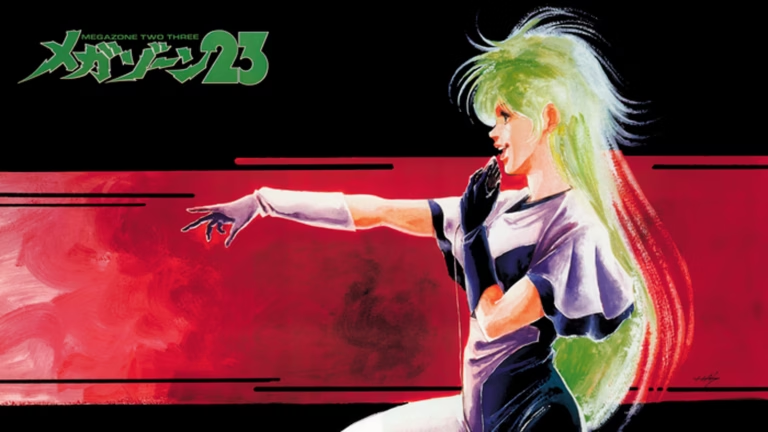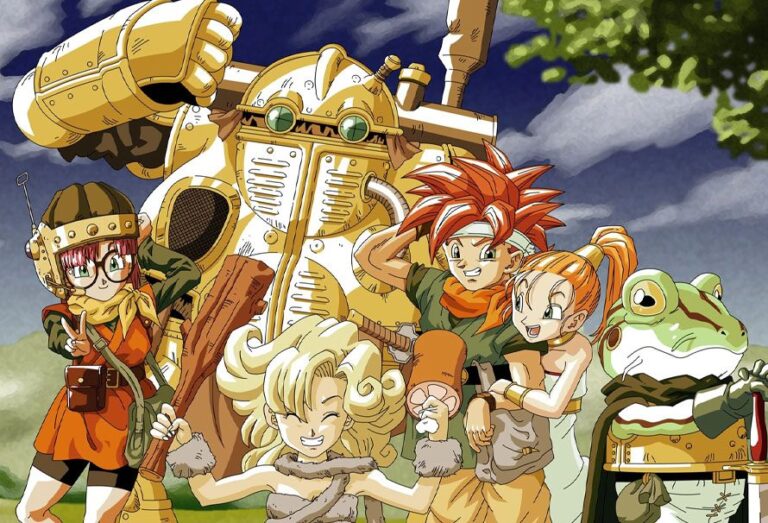Game data not found.
Story
Takahashi Meijin no Daibouken Jima, known to many Western audiences as Adventure Island, is a landmark title in the platforming genre. Released in 1986 for the Nintendo Entertainment System (NES), the game introduces players to the vibrant and challenging world of Master Higgins. The protagonist, known as Takahashi Meijin in Japan, embarks on a thrilling journey to rescue his beloved, Princess Leilani, from the clutches of the evil Witch Doctor. The plot, while simple, serves as a catalyst for an engaging adventure filled with perilous landscapes and formidable foes.
The narrative unfolds across eight distinct islands, each guarded by a fearsome end-level boss. These bosses range from oversized sea creatures to menacing knights, each presenting unique challenges for the player to overcome. The story’s progression is linear, with each island presenting its own set of hazards and enemies. As a player, you must navigate through tropical forests, treacherous caves, and fiery volcanoes, each environment adding to the game’s immersive atmosphere.
Gameplay
The gameplay of Takahashi Meijin no Daibouken Jima is a masterclass in platforming design. Players control Master Higgins, whose primary means of attack is throwing axes and utilizing a skateboard to traverse levels swiftly. The game emphasizes precision and timing, requiring players to make calculated jumps and avoid various obstacles and enemies. A distinctive feature is the inclusion of a hunger meter, which depletes over time. To replenish energy, players must collect fruit scattered throughout each level, adding a layer of strategy as you balance between speed and exploration.
Each level is designed to test the player’s reflexes and pattern recognition skills. The game is notorious for its difficulty, demanding players to memorize enemy patterns and level layouts. Power-ups play a crucial role, with items such as the skateboard providing speed and the axe granting offensive capabilities. Additionally, hidden eggs scattered throughout the levels reveal beneficial items or even secret bonus stages, rewarding players for thorough exploration.
The game’s controls are tight and responsive, allowing for precise movement which is essential given the demanding nature of the platforming segments. The challenge escalates with each new island, introducing new enemies and environmental hazards that keep the gameplay fresh and engaging.
Graphics and Sound
For its time, Takahashi Meijin no Daibouken Jima boasted impressive graphics that brought its tropical setting to life. The visual style is bright and colorful, with detailed sprites that animate smoothly. Each island features distinct visual themes, from lush green forests to icy tundras, showcasing the game’s diverse environments. The attention to detail is apparent in the design of enemies and bosses, each rendered with care to enhance the game’s aesthetic appeal.
The sound design complements the visual elements, with a catchy soundtrack that has become iconic among fans of retro gaming. The music is upbeat and energetic, perfectly matching the game’s fast-paced action. Sound effects, from the satisfying thud of an axe hitting an enemy to the joyful chime of collecting fruit, add to the immersive experience. Together, the graphics and sound create a cohesive and engaging world that captivates players from start to finish.
Legacy and Reception
Upon its release, Takahashi Meijin no Daibouken Jima received critical acclaim for its challenging gameplay and vibrant presentation. It quickly became a fan favorite and established Master Higgins as a beloved character in the gaming community. The game’s difficulty, while daunting, was praised for providing a rewarding experience for those willing to master its intricacies.
The success of Takahashi Meijin no Daibouken Jima led to numerous sequels and spin-offs, cementing its place in gaming history. It played a significant role in popularizing the platforming genre and inspired countless games that followed. The character of Master Higgins became synonymous with the Adventure Island series, and his adventures continued to captivate audiences on various gaming platforms.
In addition to its commercial success, the game has maintained a lasting legacy among retro gaming enthusiasts. Its challenging yet fair gameplay has stood the test of time, attracting new generations of players eager to experience its classic platforming action. The game’s influence is evident in modern platformers that draw inspiration from its design principles and gameplay mechanics.
Conclusion
Takahashi Meijin no Daibouken Jima is a testament to the enduring appeal of classic platformers. Its simple yet engaging story, coupled with challenging gameplay and memorable graphics and sound, have earned it a special place in the annals of gaming history. As a pioneering title in the genre, it set the standard for future platformers and left an indelible mark on the industry.
The game’s legacy continues to thrive, with both long-time fans and newcomers appreciating its timeless appeal. Takahashi Meijin no Daibouken Jima is more than just a game; it’s a piece of gaming heritage that continues to inspire and entertain, proving that great design and engaging gameplay are truly timeless.
